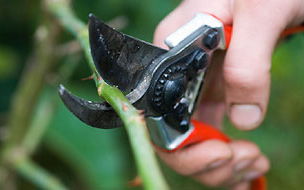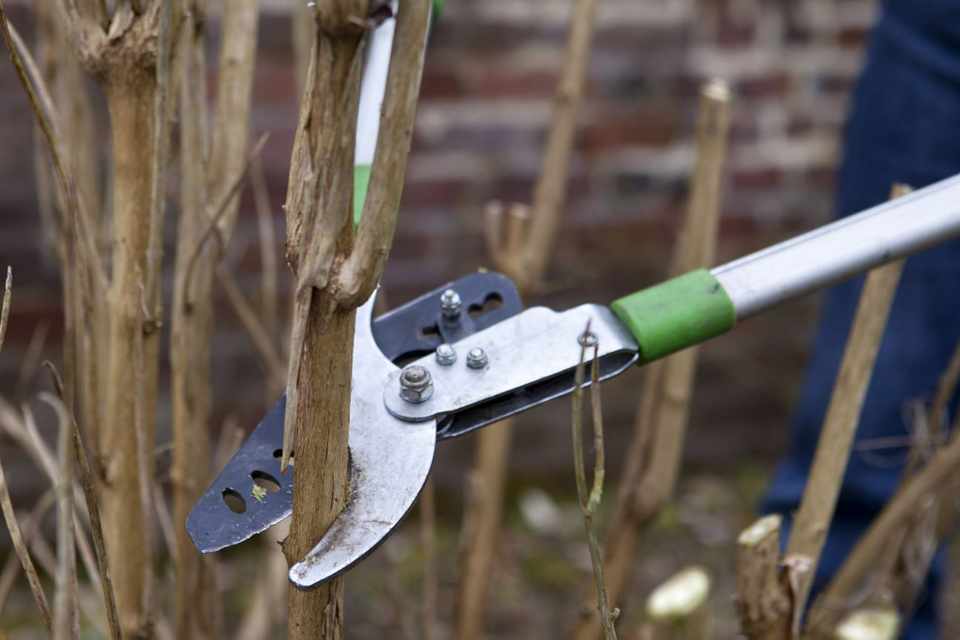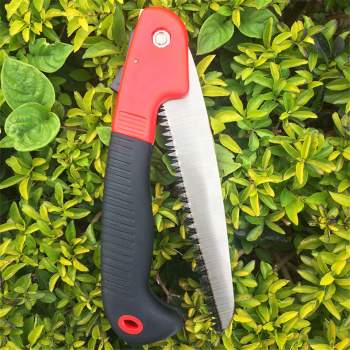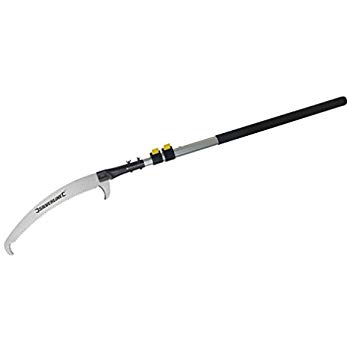Pruning and Cutting Back
So something has caught your eye in the garden and you thought to yourself that needs pruning, and you have decided your going to do it yourself, first thing to remember is do not get to hung up on all the information on the internet on how you should and shouldn't prune, chances are if you make a mess of it, it will still grow back, just remember we are talking about pruning here not hacking the thing to bits, pruning is removing small amounts to tidy the plant up or to remove parts that are already dead.
For me, pruning can be done all year round, this is just good plant maintenance. And then cutting back is when you will be taking full branches or reducing the plant by half or less, cutting back should be done in early winter time, that is it, just keep it simple, the more how's and why's and when's you give yourself it will just become overwhelming and you will lose the motivation you had when you first spotted that plant in the garden earlier.
What tools do you need:
Pruning Secateurs (Two Types Bypass and Anvil) 
For light pruning bypass pruning shears (works like scissors where the two cutting blades pass each other) are great, but if you can afford it get yourself a set of anvil pruning secateurs ( works like a chopping board one cutting edge comes up against a flat surface), you will hear all gardeners say you should not use anvil secateurs, well the problem with bypass secateurs is that when you start getting into the job and you are cutting off thicker and thicker branches there will be a point where the bypass shears will spread apart during the cutting motion due to the thickness of the branch or the dead branch being so hard, so now after destroying numerous pairs of bypass I have both types, in places where I cannot get the loppers in I reach for the anvil secateurs so that I do not destroy another pair of bypass. You will read else where that the anvil bruises the plant, but probaply you will read on the same page that anything cut higher than a node will die back to the node anyway, so if your using an anvil type secateurs just leave a little higher length above the node than you usually do.
Pruning Loppers (Two Types Bypass and Anvil)
The loppers are a bigger version of the secateurs and come with two cutting types the same as the secateurs, I remember before I had my first set of loppers how indifferent I was to them, never took any real interest in what people were saying about loppers, but when I had my first set of loppers, I never thought thought they would become such a part of my gardening tools, I always have a pair with me now, even if I am off just to cut grass for somebody always take a set with me.
You will need to consider if extending handles will be of value to you, but let say you do get a set with extending handles you may never need to use them, but you will always have the choice. Just remember that extending handles sounds great but in reality the more you extend the handles the more you have to open the handles up to get anything in the jaws, so there are a limit to them, I mainly use the extending handles to cut up branches to get them through the chipper, I do not need to bend over as much.
Folding Saw 
Very useful to have a folding saw, many of them come in a sheath that can be placed on your belt so you have it with you at all times, these little saws are usually very sharp with large spreaded teeth made to saw quickly and roughly, a thick pair of gloves are required, make sure that blade does not land on your exposed hand your holding the branch with. They are very effective with slightly larger branches and awkward to get to places.
Extendable Pruning Saw 
If you have trees and the branches are overhanging into your garden then an extendable pruning saw may be well worth considering, they come in different lengths, and all types of different ends on them, you will need to have a look at the market place and see what suits you. Me personally I have got a 6mtr extendable with a simple saw on the end, it works well for my needs and the gardens I service.


